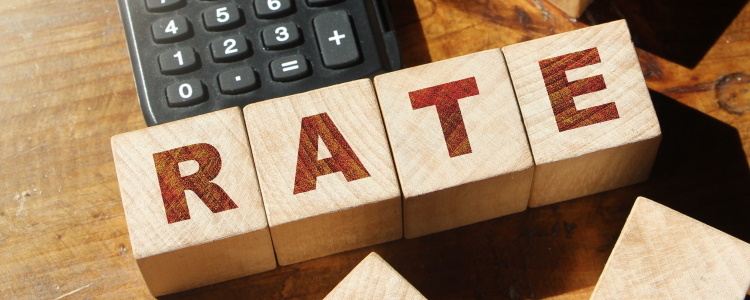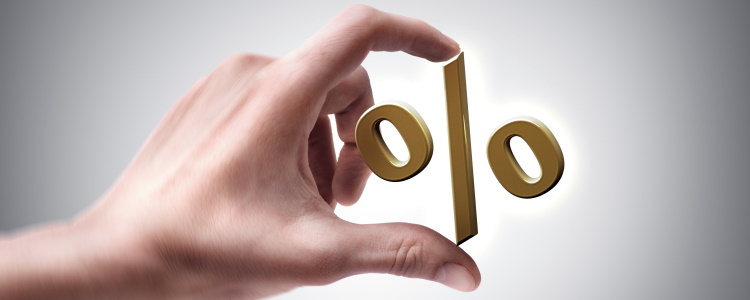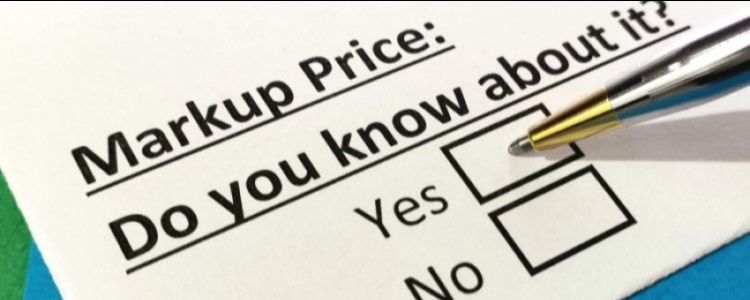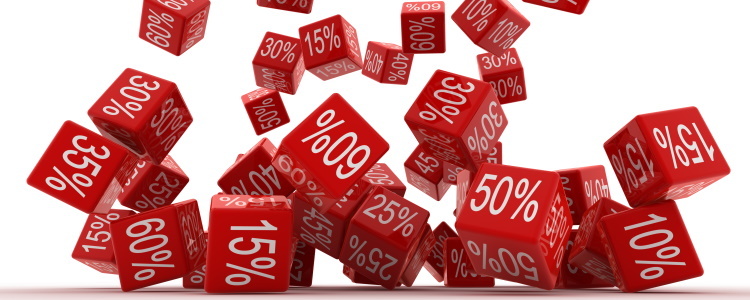When it comes to car loans, there's a lot of words that get thrown around, and some of them are often thought to mean the same thing. In many cases, people use the terms interest rate and annual percentage rate (APR) interchangeably, but they're not the same thing. Though they're both calculations of similar numbers, there's one key difference you may not know.

Are Interest Rate and APR the Same Thing on a Car Loan?
The Difference Between Interest Rate and APR
An interest rate is how much it costs you to borrow money, expressed as a percentage. It doesn't include taxes, fees, or added charges on your loan. APR, or annual percentage rate, is what it costs you to borrow money for the entire year on your car loan, including extras, taxes, and fees. It's expressed as a percentage, as well. The higher your APR the more you pay overall for your loan.
If you're trying to figure out how much you have to pay in interest charges overall, it's a good idea to look at your APR. It's a more accurate depiction of how much you pay to finance a vehicle.
What Goes Into the Cost of an Auto Loan
Most people, no matter their credit score, have to pay interest when taking on things like auto loans or mortgages. To truly understand how much you're paying in interest, and why, you need to know the basic parts of an auto formula.
- Principal – On a car loan, interest accrues daily based on the principal balance of your loan. The principal is the amount you borrow and agree to repay in order to buy a car. It includes the purchase price of the vehicle plus any additional charges, taxes, and fees rolled into the loan.
- Interest rate – How much it costs you to borrow the principal, expressed as a percentage. The average interest rate for bad credit borrowers among our dealer network is around 13%, though your interest rate depends on your specific situation and the lender you're working with.
- Interest charges – These accrue daily based on your current loan balance. Less accrues after each payment. The fastest way to save money in interest charges is to decrease your principal as much as you can, as fast as you can.
- APR – The amount you're charged on your loan for the whole year, based on the total loan amount including all fees and extras.
Though you can calculate your APR yourself, you shouldn't need to. It's listed in your auto loan contract, and if it's not you shouldn't sign. If you're unclear on what your auto loan APR is, you can also contact your lender. They're required to tell you what your rate is by the Truth in Lending Act (TILA). You can also use online tools to help you find your estimated APR if you're just in the shopping stages of the auto loan process
If you're trying to decide between two different loans, all things being equal, a lower APR saves you money overall.
Getting a Lower APR
Though some borrowers with stellar credit may qualify for a 0% interest rate occasionally, typically your credit score influences what rate you're assigned. The lower your credit score the higher the interest rate you're likely to get. The current national interest rate, called the prime rate, can also play a role in how high or low interest rates are in general.
A good way to qualify for a lower APR on your next car loan is to work on building your credit. There are several ways you can do this fairly easily, such as cleaning up your credit reports, lowering your credit card balances, or making all your bill payments on time.
In some cases, you can negotiate your rate with a lender or bring in a larger down payment to help you qualify for a better rate. The more money you can put down, the less you borrow, so there's less principal for interest to accrue on. You can also opt for a shorter loan term or a newer model vehicle, both of which can impact the interest rate you're offered.
Rate shopping is another way to ensure that you're getting the best deal you can for your situation. It isn't always the easiest when you have poor credit, and you're likely to have to choose between rates that are all higher than average. To find the rates that you might qualify for with different lenders it's important that you apply for multiple loans of the same kind within the rate shopping window – typically around 14 days. By applying with a few lenders of the same type within 14 days, only one hard pull impacts your credit score.
Ready to Get Started?
APR and interest rate are very similar, but they're not the same. When you're shopping for an auto loan your APR is the number to pay attention to, because it shows you how much you can expect to pay to finance a vehicle. If you're not sure where to start your car buying journey, look no further.
At Auto Credit Express, we've been matching credit-challenged consumers with the local dealerships that have bad credit lending opportunities for over two decades. Now, we want to help you get the auto loan you're looking for without the hassle of searching for a dealer that may not be right for your situation. Instead, let us do the heavy lifting. All you have to do to get the process started is fill out our no-obligation car loan request form, and we'll get the ball rolling for you!

Senior Automotive Financing Editor
Meghan has been writing professionally for over 25 years. She is expertly versed in automotive special financing and pricing analysis, having published hundreds of articles on Auto Credit Express and its sister sites, CarsDirect, and The Car Connection. Read more
Suggested Posts For You
Receive Free Updates
Get the latest credit tips, resources and advice delivered straight to your inbox.













